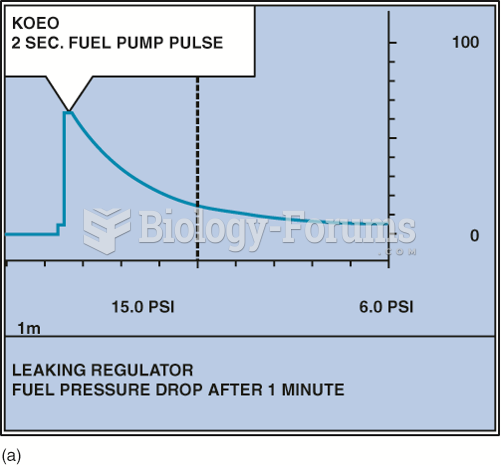|
|
|
Cocaine was isolated in 1860 and first used as a local anesthetic in 1884. Its first clinical use was by Sigmund Freud to wean a patient from morphine addiction. The fictional character Sherlock Holmes was supposed to be addicted to cocaine by injection.
Between 1999 and 2012, American adults with high total cholesterol decreased from 18.3% to 12.9%
There are more nerve cells in one human brain than there are stars in the Milky Way.
Human stomach acid is strong enough to dissolve small pieces of metal such as razor blades or staples.
In 1886, William Bates reported on the discovery of a substance produced by the adrenal gland that turned out to be epinephrine (adrenaline). In 1904, this drug was first artificially synthesized by Friedrich Stolz.







